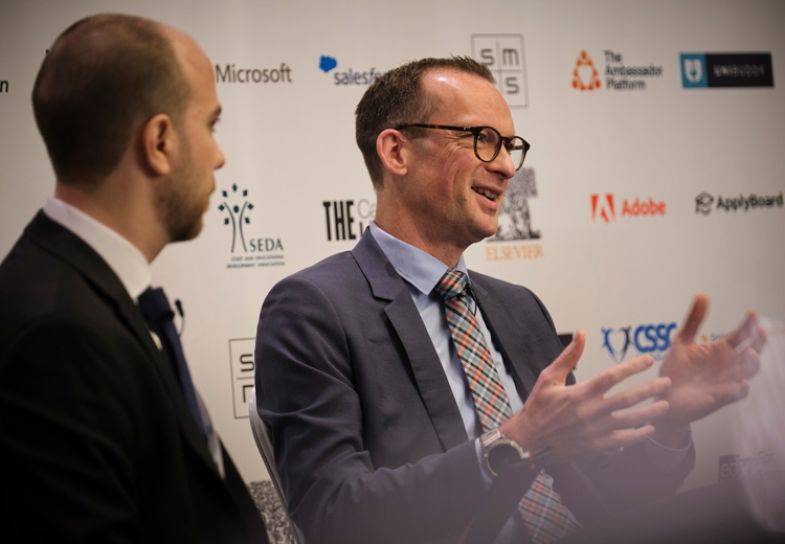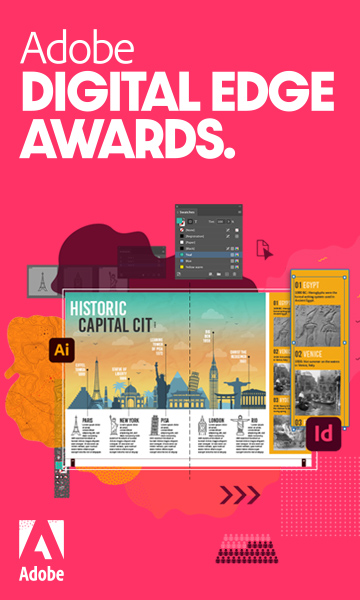
Digital tools may not be able to replicate the entire university experience, but they can empower individuals – both students and staff – to pursue new ideas at scale
Having realised the opportunities and challenges surrounding blended and hybrid learning, it is now time for higher education institutions to consider the best ways of implementing their strategies on a large scale.
Speaking at a session at THE Campus Live UK&IE, held in partnership with Adobe, Mark Andrews, pedagogical evangelist at Adobe, and Mark Simpson, pro vice-chancellor of learning and teaching at Teesside University, discussed how to combine existing assets with new modes of thinking to grow universities’ unique value propositions.
“I took a view early on that universities had got things wrong by focusing on individual experts when actually they needed to pursue transformation at scale,” Simpson said. “Any successful strategy needs to be about taking an entire organisation with you. It requires a lot of engagement with members of staff to find out what things are working well but also where the frustrations lie.”
“I did some research on fostering a culture of innovation and found that you needed a mixture of top-down and bottom-up initiatives,” Andrews added. “It’s about creating a framework that empowers people and allows them to pursue their own innovations. It also needs to leave space for external partnerships.”
Blended learning, an approach that has gained significant traction since the start of the Covid-19 pandemic, can play a role in transforming strategies at scale. Adobe Creative Cloud, for example, lets students gain access to new learning tools regardless of their chosen discipline, while also allowing a culture of play to be explored.
However, this strategic transformation became more challenging once negative headlines around digital learning started to appear. “Post-pandemic, there has definitely been a negative reaction to digital learning,” Simpson admitted. “Whatever we do, we can’t fully recreate the campus experience and all of the value-add that universities provide. This has been interpreted as students not liking online learning, but the reality is much more complex. Ultimately, it’s about giving students choice.”
Of course, any strategic transformation undertaken by higher education institutions must take the world of work into account. This is another area where digital tools can provide assistance.
“Adobe Creative Cloud is industry-standard for lots of jobs because we live in a creative economy,” Andrews said. “How can we take Creative Cloud into the classroom and use it to develop job-ready skills? We’ve seen some really encouraging case studies from universities that have used Creative Cloud to encourage story craft. Storytelling is such an important part of being in business, and Creative Cloud lets students tell their stories. It’s an enabler – both in the classroom and the workplace.”
The panel:
- Mark Andrews, pedagogical evangelist, Adobe
- Alistair Lawrence, special projects editor, Times Higher Education (chair)
- Mark Simpson, pro vice-chancellor of learning and teaching, Teesside University
Find out more about Adobe’s solutions for higher education.


























